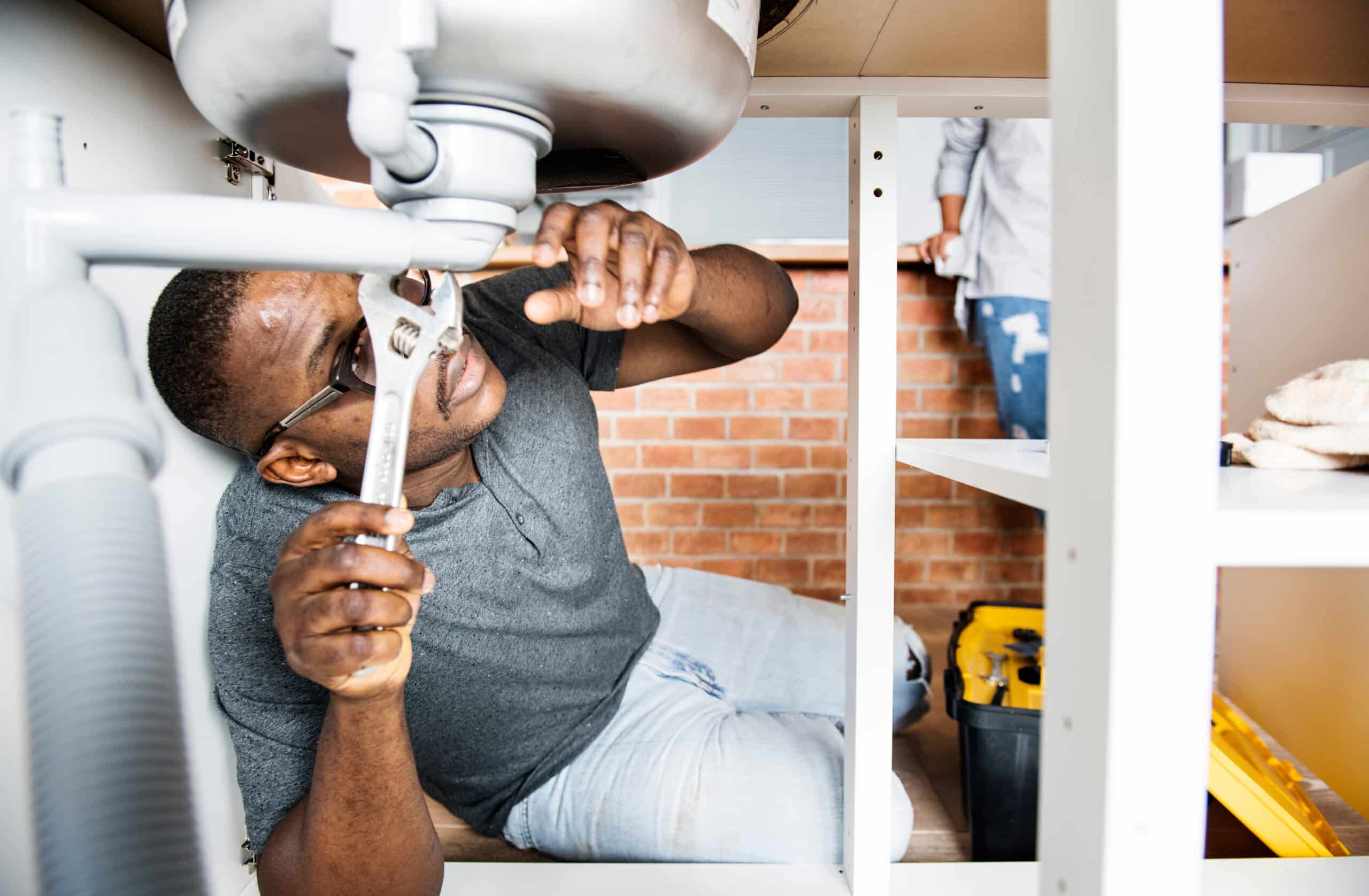Relied On Plumbing Services Alabaster AL for All Your Repairs
Relied On Plumbing Services Alabaster AL for All Your Repairs
Blog Article
A Detailed Overview to Efficient Water Heating Unit Installation for Ideal Performance
Beginning on the job of installing a water heating system is an endeavor that requires precision and a systematic method for achieving optimum performance. As you continue, the intricacies of linking water supply lines and setting up trustworthy electric or gas connections wait for, encouraging understandings right into making certain efficiency and reliability.
Picking the Right Water Heater

Following, take into consideration the size and capacity of the hot water heater. It's important to evaluate your household's warm water requirements, which can differ based on the variety of owners and their use patterns. A system that's too little may result in not enough warm water, while an oversized design could result in unneeded energy usage.
Efficiency rankings also play a crucial role in selection. Look for hot water heater with high Energy Variable (EF) ratings, suggesting remarkable efficiency and minimized energy usage. Tankless models, though generally extra costly ahead of time, offer substantial power cost savings with time due to their on-demand home heating capacities.
Preparing the Setup Area
Prior to mounting a brand-new water heating unit, careful prep work of the installation location is crucial. It's vital to determine the area very carefully to accommodate the water heater's measurements, making certain ample clearance around the unit for efficient operation and servicing.
Next, get rid of any kind of particles, dust, or obstructions from the site to produce a tidy setting. Inspect the floor for stability, as the hot water heater will need a solid, degree surface to operate properly. If essential, install a drip pan below the unit to catch potential leaks or spills, preventing water damage to the surrounding location. In areas vulnerable to seismic task, consider mounting seismic straps to protect the heater securely in location.
Furthermore, make sure that all needed tools and products are on hand prior to commencing the installation. This includes products such as wrenches, screwdrivers, a level, and any kind of additional hardware needed for mounting and securing the heating unit. A well-prepared installation area establishes the structure for a successful water heating system configuration, optimizing efficiency and safety.
Connecting Water Lines
When connecting water lines to your recently mounted hot water heater, it is critical to ensure that all links are leak-free and protected to keep efficient procedure and avoid water damage. Begin by recognizing the hot and chilly supply of water lines. The cold go right here water inlet is generally noted with a blue label or a "C", while the warm water outlet is noted with a red label or an "H".
Usage flexible water heating system adapters to assist in an easier installation procedure. Before connecting the adapters, place a plumber's tape around the threaded ends of the water heater's inlet and outlet pipes.
Once connections remain in place, gradually activate the major water system shutoff. Inspect each connection for leakages by visually feeling and examining for moisture. Tighten connections as required, and make sure the stress relief valve is properly mounted, securing against excessive pressure accumulation.
Establishing Electric or Gas Connections
Properly setting up the electric or gas links for your water heating system is a critical step to make sure effective and risk-free operation. For electrical water heating units, begin by validating that the electrical circuit is compatible with the heating unit's voltage and amperage requirements.
For gas water heating systems, safety and security is vital. Confirm that the gas supply is off prior to continuing. Link the gas line to the water heater utilizing a flexible gas connector, guaranteeing it is correctly threaded and secured with pipe joint compound or Teflon tape appropriate for gas links. Tighten the connections with a wrench, taking care not to over-tighten (Drain Cleaning Alabaster AL).
Once connections are made, check for any kind of prospective leaks. For gas lines, apply a soapy water solution to the joints; bubbles suggest a leak. For electrical links, double-check that all circuitry is safe and secure and correctly insulated, maintaining compliance with regional electric codes.
Examining and Changing for Efficiency
With the electric and gas links safely in area, the next action is assessing the operational effectiveness of your water heater. Begin by very carefully turning on the water supply and making sure there are no leakages at any of the joints or shutoffs.
Next, perform a thorough inspection to try these out guarantee the home heating aspects or gas heaters are operating correctly. For electric heaters, use a multimeter to verify if the aspects are attracting the suitable existing. In gas models, observe the heater fire; it should be stable and blue, indicating efficient burning.
Change the setups as essential to eliminate inadequacies. Think about implementing insulation steps, such as adding a hot water heater blanket, to even more boost efficiency by reducing warmth loss. Additionally, check the anode pole's condition, as a worn-out pole can reduce effectiveness and cause storage tank deterioration.
Conclusion
Effective water heater installation is vital for making certain optimal performance and power cost savings. Securely connecting water supply lines and very carefully establishing up electrical or gas connections lessen prospective concerns.

Correctly setting up the electrical or gas links for your water heating unit is a critical action to make sure effective and safe procedure. For electric water heating systems, start by confirming that the electrical circuit is suitable read this post here with the heating system's voltage and amperage requirements. Connect the gas line to the water heating system making use of a versatile gas port, guaranteeing it is properly threaded and secured with pipe joint compound or Teflon tape suitable for gas links.
Report this page